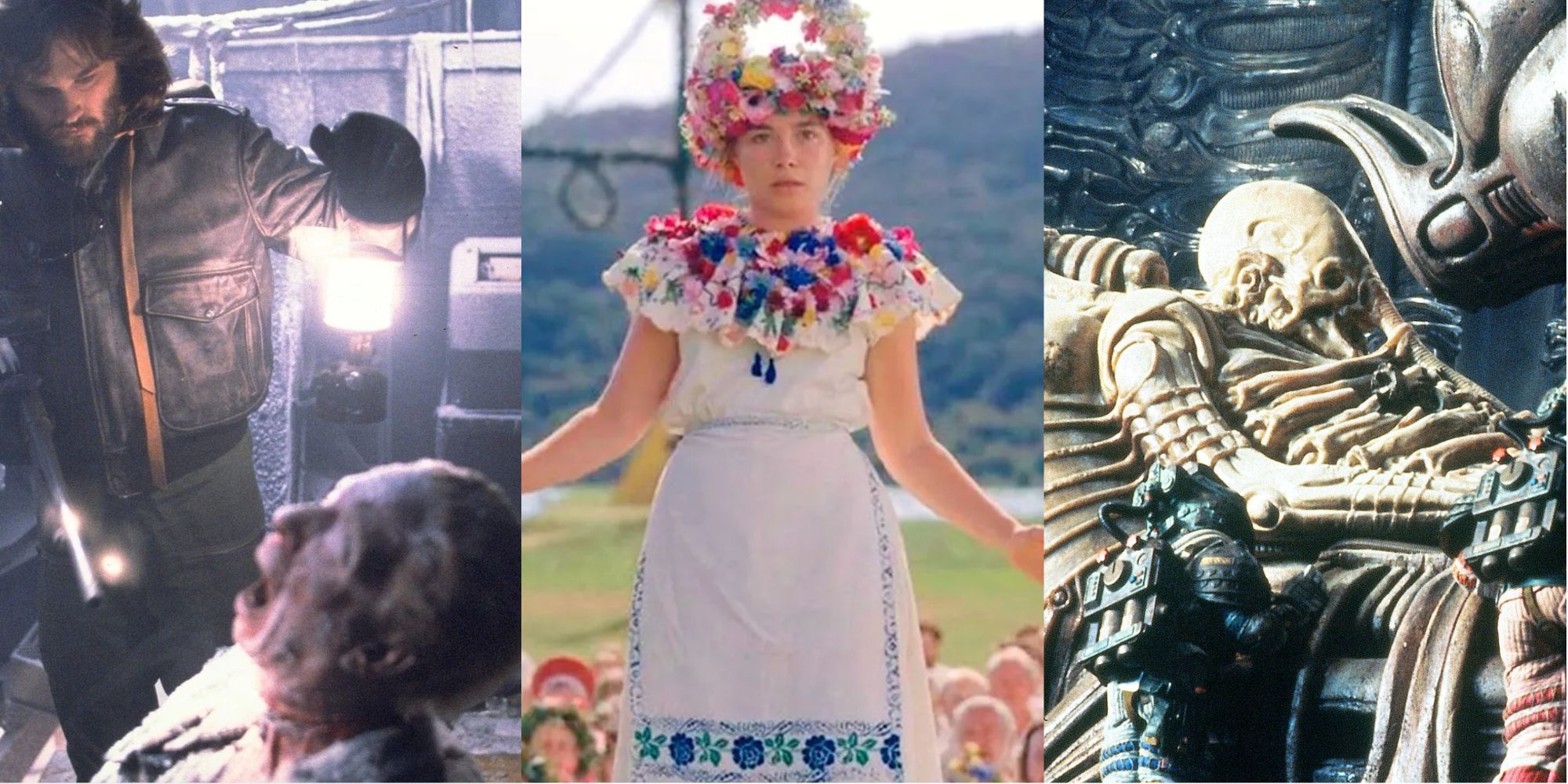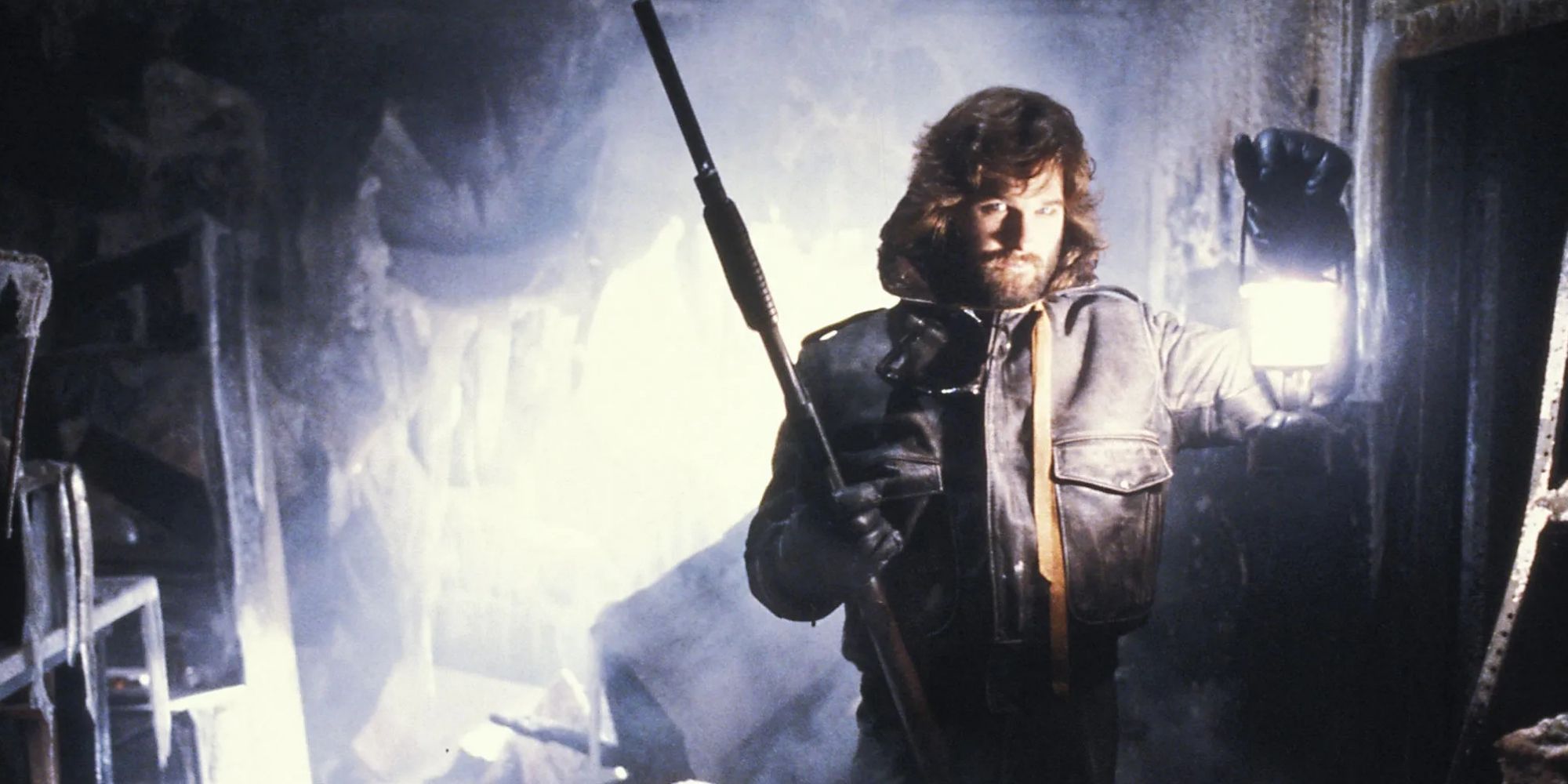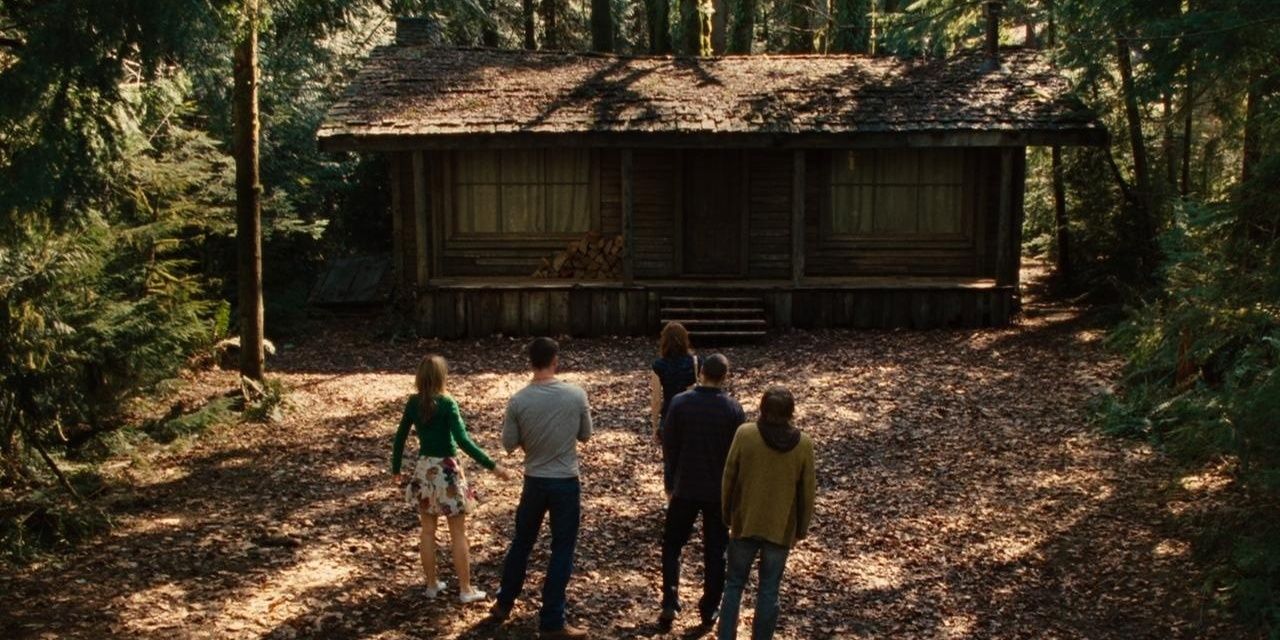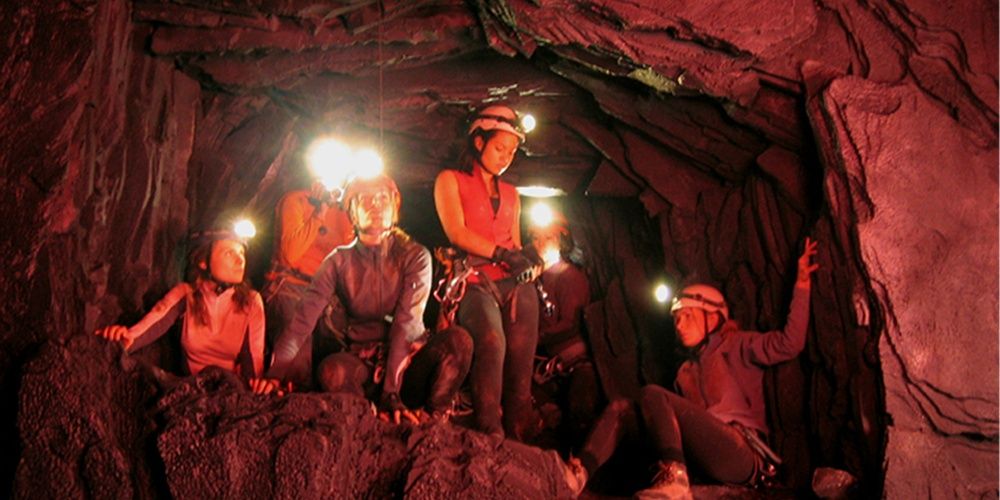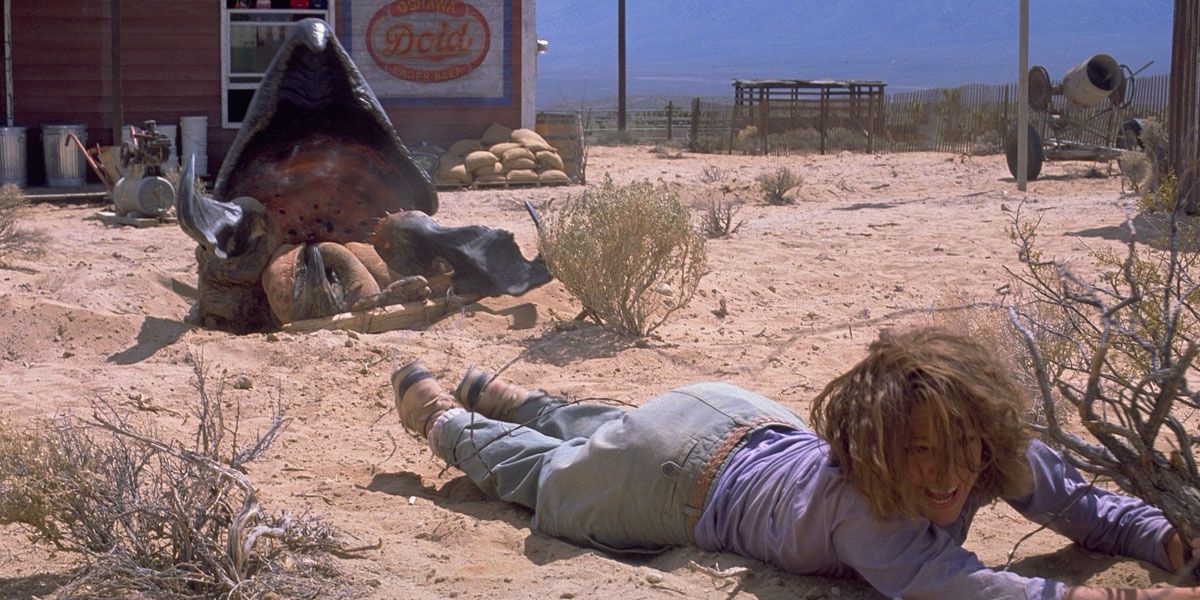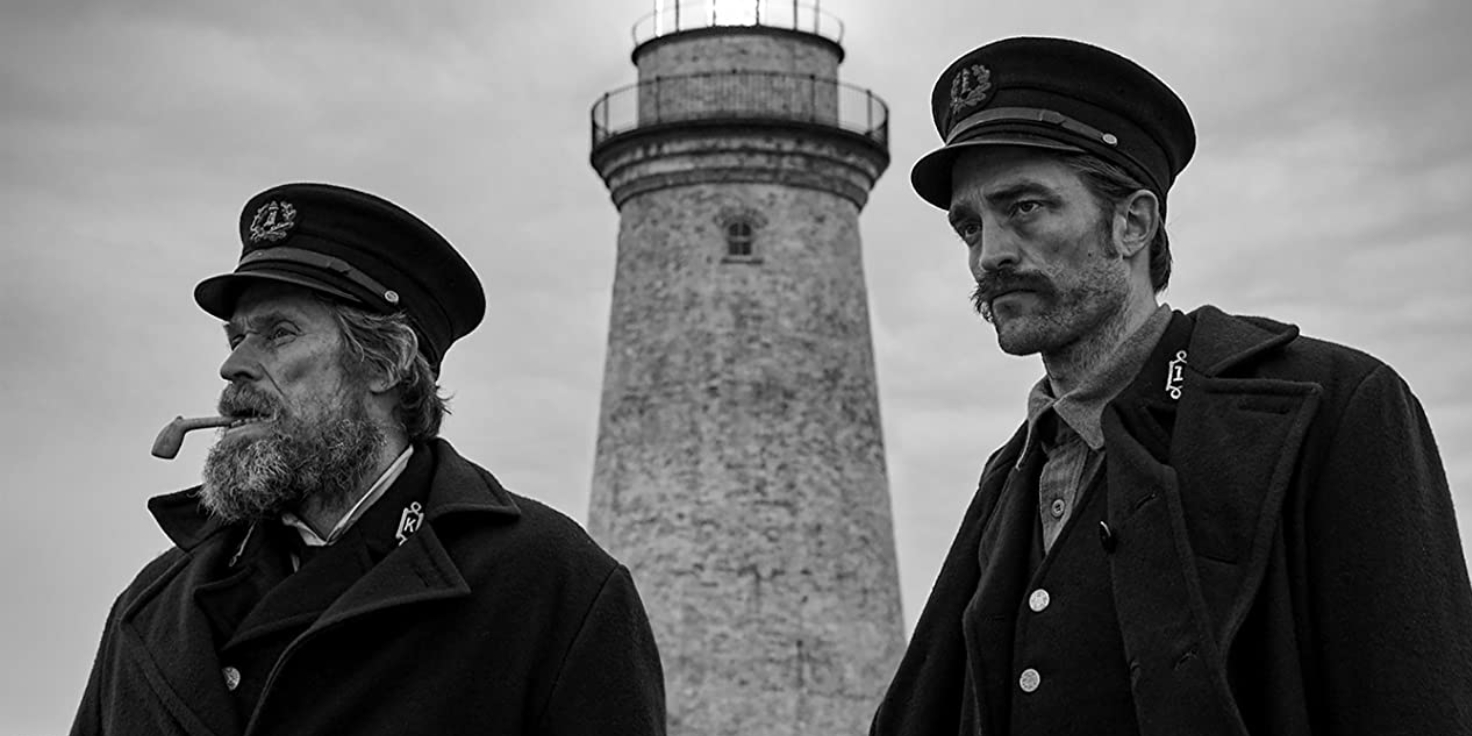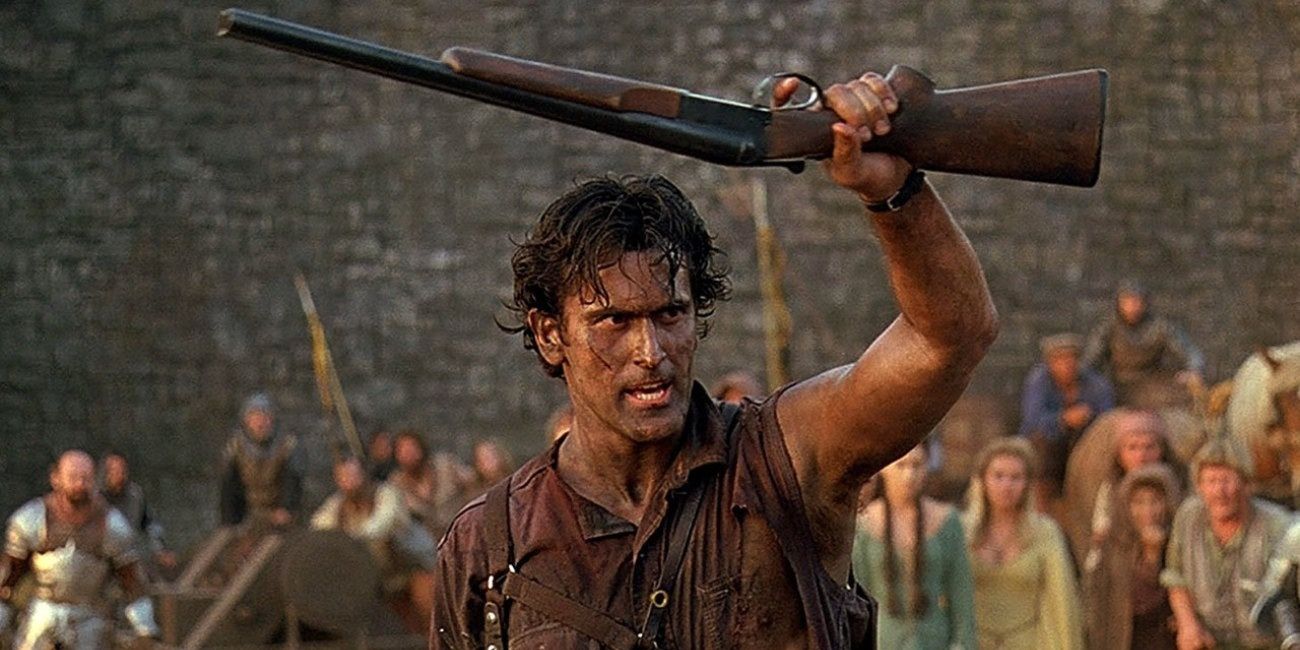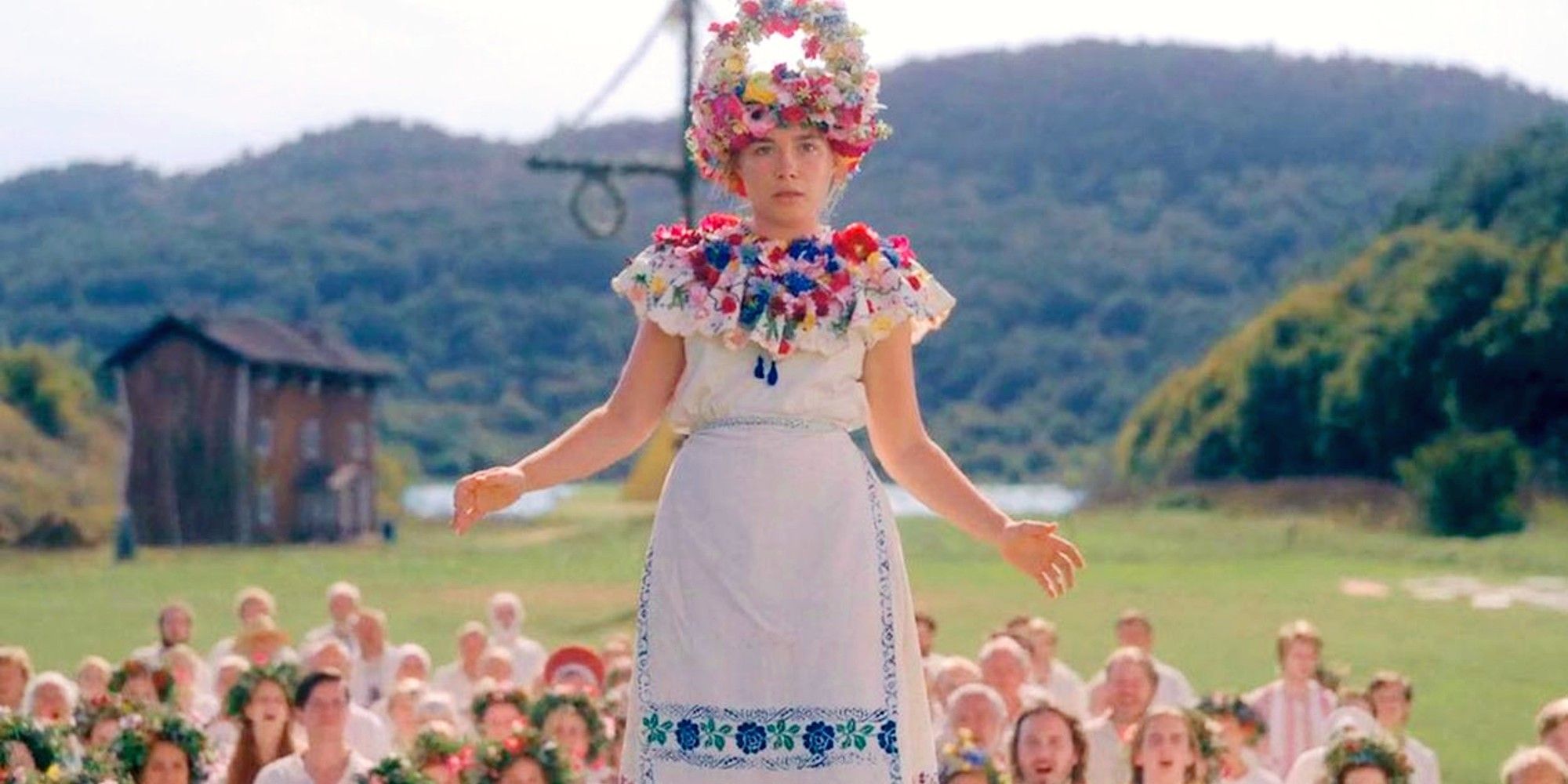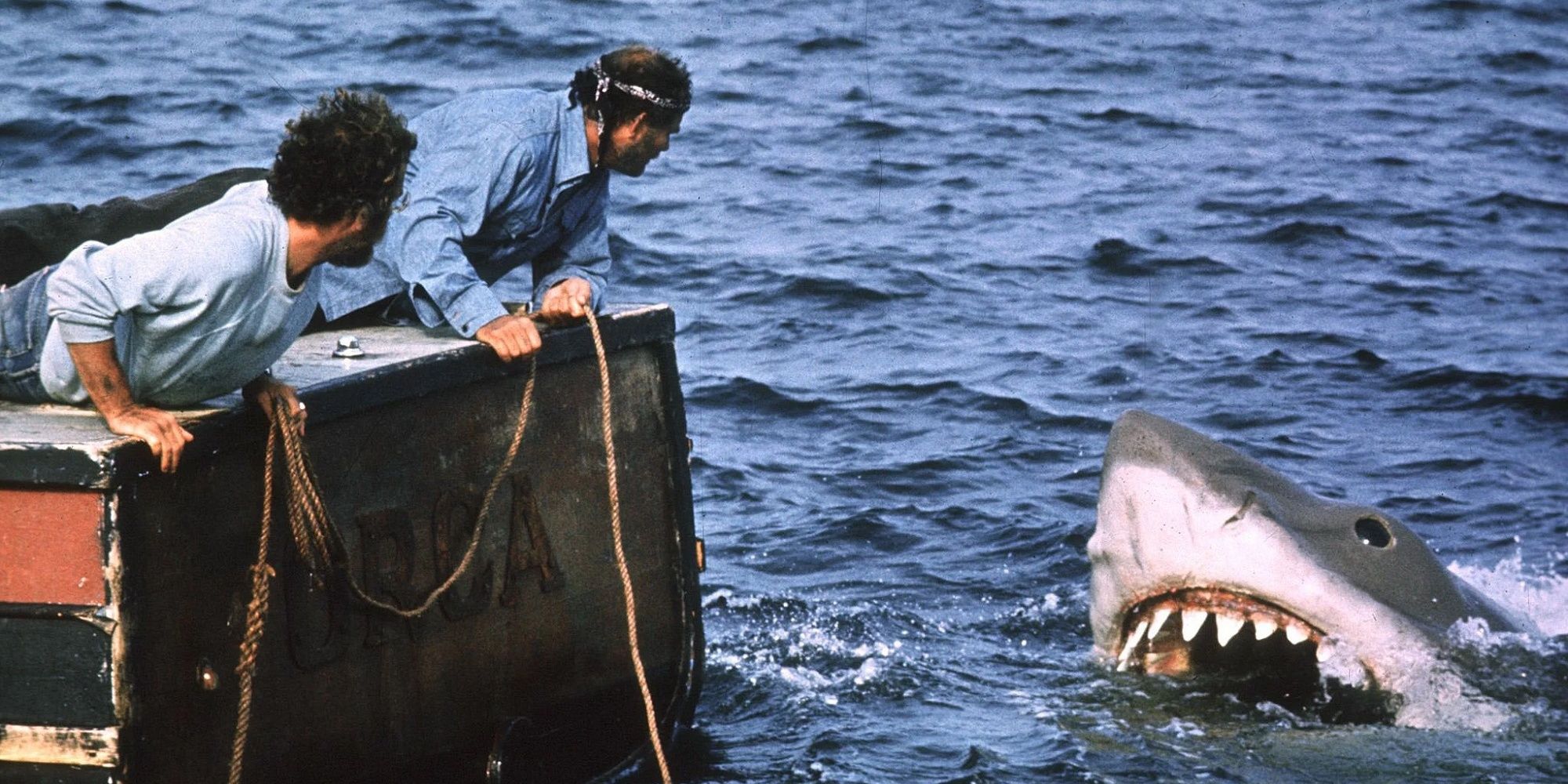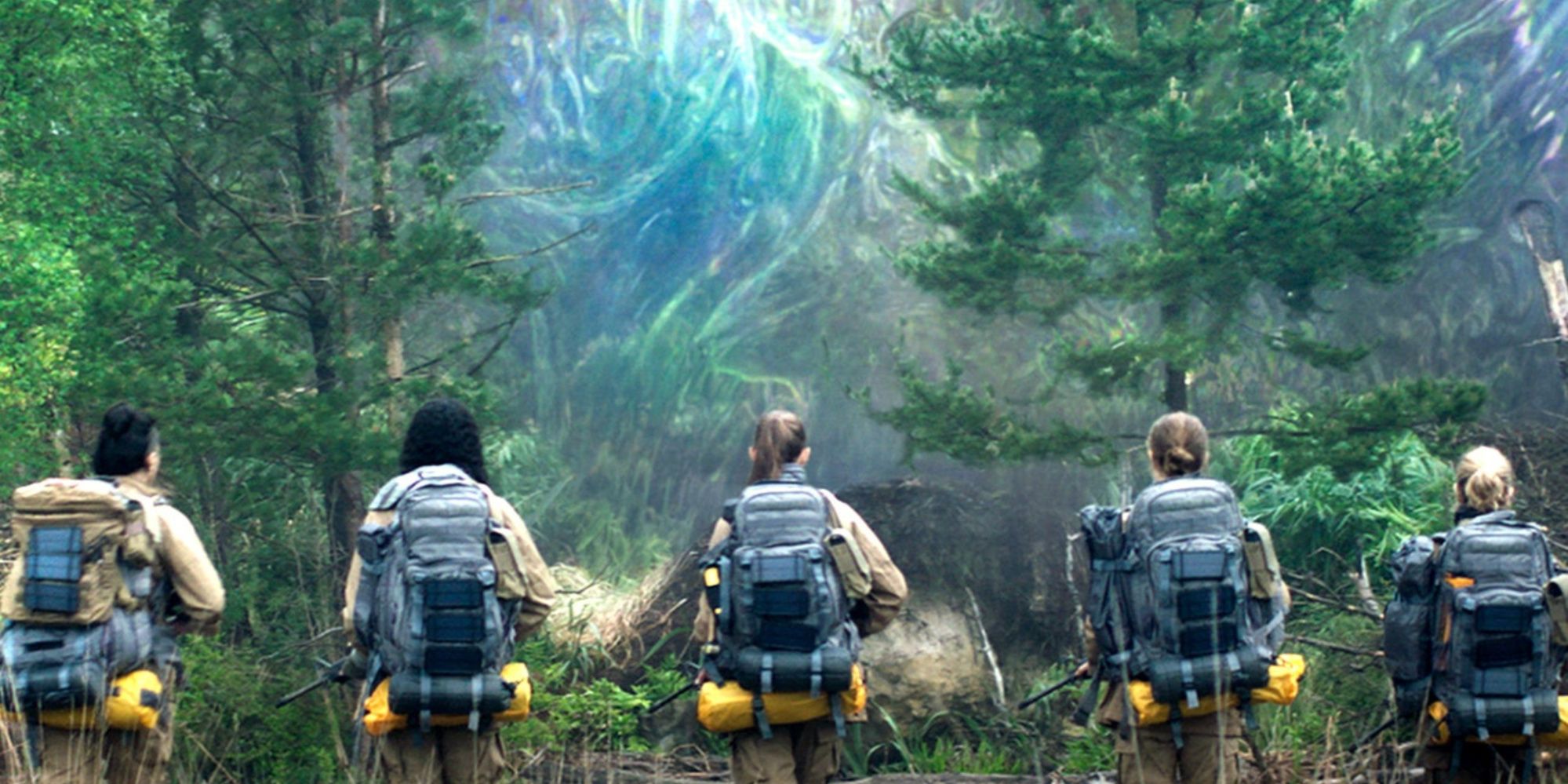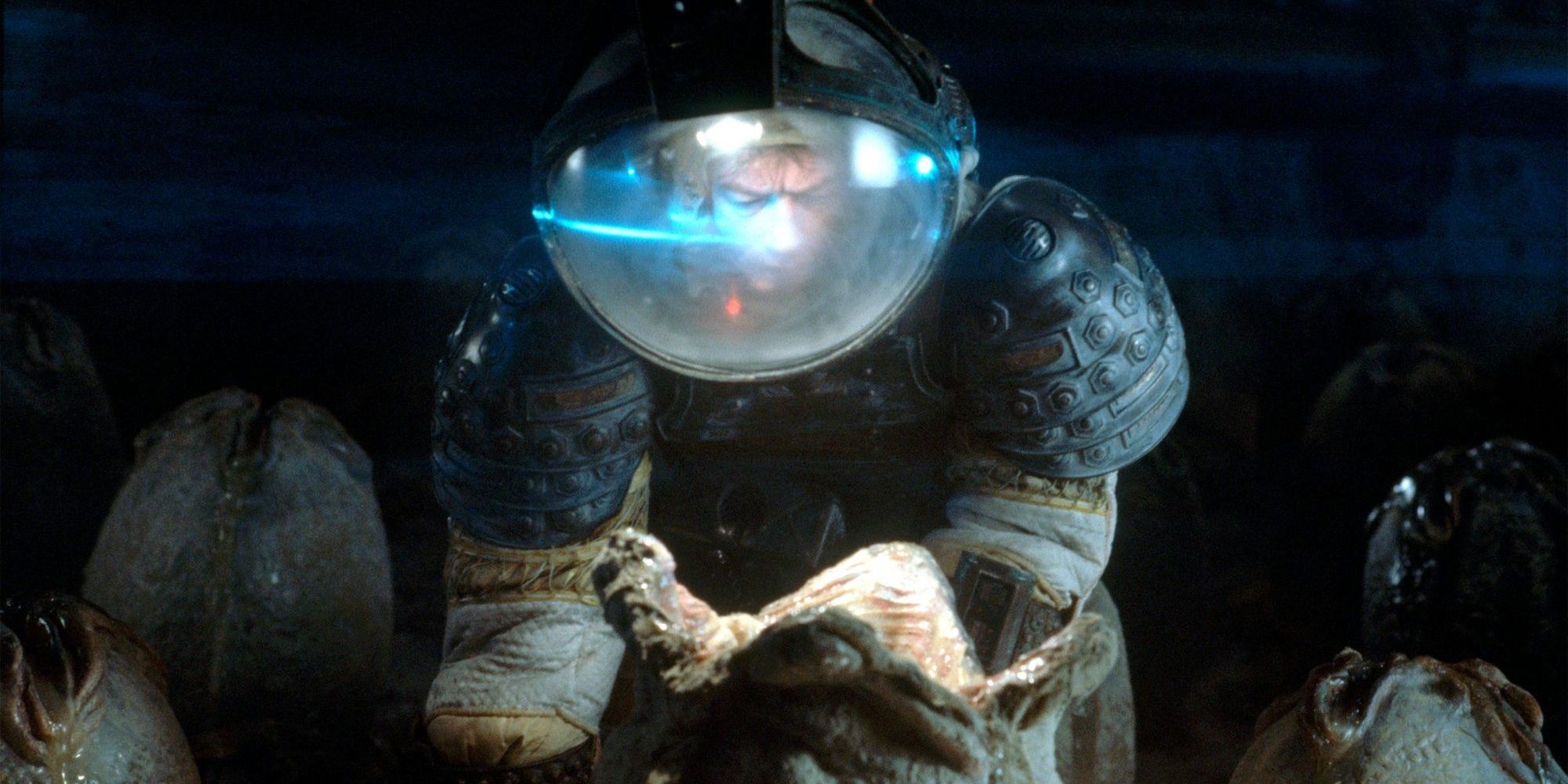Horror movies often rely on a specific setting to set the mood and create a good scare. These locations frequently include houses or typical buildings like malls or hotels, small towns, or somewhere in the middle of the woods. These settings are more common because they are simple and get the job done effectively in most circumstances.
However, some horror movie settings have managed to subvert the traditional ways in which a location can be used to frighten the audience. Instead of relying on the classic haunted house to evoke fear, these locations use their surroundings and environment to build tension. These places include icy tundras, scorching deserts, or even creepy lighthouses and push the boundaries on what types of locations can be fearful.
'The Thing' (1982) — Antarctica
John Carpenter's The Thing will forever be remembered as a classic horror film for its amazing use of practical effects, great characters that feel genuine because of their capability to make intelligent human decisions, and a score that will constantly replay in your head. However, one thing that is often overlooked about this movie is its fantastic setting. The film takes place in Antarctica and follows a group of researchers encountering a gruesome shape-shifting alien.
There is never a moment within the film where the characters feel like they are standing on a set. They always feel like they're actually in Antarctica, whether it's the steam they produce each time they take a breath; the icy particles that are always sprinkled all over their clothes and even in some characters' beards, and the wide establishing shots showing us just how isolated the area is. As much as the horror from this film comes from the grotesque forms of the creature, there's also a level of distress knowing that these characters are essentially trapped in this icy void with no sign of help anywhere near them.
'The Cabin in the Woods' (2011) — A "Cabin" in the Woods
The setting of this film is exceptional because it doesn't fully take place where the title suggests. The title of this film, "The Cabin in the Woods," is actually a self-aware jab poking fun at the cliché use of this specific setting in many horror movies. The film is a horror-comedy that deconstructs many tropes seen within the genre in a very humorous and satisfying way. The film follows a group of college students who visit this mysterious cabin located on top of a secret underground facility that controls the spooky scenarios the students encounter.
The facility within this film is an excellent setting that always comes as such a pleasant surprise to anyone watching the movie for the first time. It's operated by some hilarious characters who add a lot to the humor and context of the film. The area also houses tons of interesting, horrifying creatures, which are put to good use in the film. A lot of them are even references to all sorts of horror-related media.
'The Descent' (2005) — A Cave System
The Descent is a film that understands the horrors of its setting and plays off of them impeccably. The film follows a group of friends and their descent into an unknown cave system. Along their journey, they get trapped inside the cave and have to find a way to escape, but they soon discover that they aren't down there alone as they start being hunted down by blood-hungry cave creatures. While the "crawlers" provide a lot of fear within the film, the cave itself is just as scary.
The cave is constantly dim and sometimes a tight squeeze for our characters to get through. The film uses this to create such a stressful feeling, using the scariness of the dark and claustrophobia. The film is atmospheric due to its great lighting, set design, and sound mixing. You can hear the echoes when the characters speak to one another. The only light within the film comes from the character's headlamps and the colorful ambient backlight, which adds so much to the tone. The sets they used feel realistic due to how detailed they are. Aspects like stalactites, boulders, and mountains of bones, combined with excellent shot composition, make the film feel like it was filmed inside a cave.
'Tremors' (1990) — The Deserts of Nevada
The monster film Tremors focuses on the dread of what types of creatures could lurk beneath your feet. The film tells the story of two handymen and a seismologist discovering some unnatural movements underground. These readings are revealed to be a giant worm-like creature that has been hunting people who live within this small desert town.
The film plays a lot with the use of sand and builds tension with this. Any slight movement can alert the monster making the land our characters traverse very frightening as one wrong step could end it all. The film uses great set design to create a feeling that the monster is lurking below them and can pop up anytime: the SFX team raised the ground to provide the illusion of movement. The worm also looks fantastic due to the large models built to bring it to life. It feels like a real monster and fits right at home in the desert.
'The Lighthouse' (2019) — An Isolated Lighthouse
The bottle film, The Lighthouse, is one of the most mind-bending and greatest films from recent years. Willem Dafoe and Robert Pattinson give off career-best performances as two wickies who slowly begin to lose their sanity while tending a lighthouse on a New England island in the 1890s. The setting is very impactful and has much to offer despite only covering a tiny location.
The Lighthouse displays some memorable imagery and sounds, with the constant blare of the fog horn and the almost entrancing beam of light given off by the mysterious lantern. Dafoe and Pattinson fall right into their roles: their dialect is pulled straight from the 1800s. The confined area of the lighthouse coincides very well with the feeling of these characters slowly losing their minds. They are trapped on the island with only their thoughts keeping them company. The lighthouse is not the only part of this setting; stormy weather, rocky cliff faces, and kelp-stained shores bring much of life to the environment. This life also includes visits from entrancing mermaids and pesky seabirds, which contribute significantly to the film's atmosphere.
'Army of Darkness' (1992) — The Middle Ages
Sam Raimi's Army of Darkness is the third installment in the Evil Dead trilogy and is by far the wackiest. Instead of taking place in the traditional cabin in the woods, the film has our leading man Ash (Bruce Campbell), transported to 1300 A.D., where he has to fight off an undead army. The film's wild setting is derived from Evil Dead II's ending, in which a mysterious wormhole opens and sucks Ash into this fantasy land. The setting consists of a fictional kingdom full of castles, knights, and even "deadites."
As wild as this setting is for a horror movie, it works perfectly with Raimi's humorous style. There are plenty of gags that parody the period. The Medieval backdrop contrasts so much with Ash's more modern tendencies creating a hilarious dynamic. Watching Ash show a whole group from the past his shotgun or teaching them how to make gunpowder with a chemistry textbook will forever be funny.
'Midsommar' (2019) — A Midsummer Festival
Midsommar tells the story of Dani (Florence Pugh), who is recently struggling from a tragic event and is invited by her boyfriend and his friends to attend what seems to be a nice summer festival. The film takes place in a remote village in Sweden, the hometown of one of the friends, Pelle (Vilhelm Blomgren). What begins as a dreamy holiday gradually becomes a twisted nightmare as the inhabitants invite the tourists to participate in their disturbing festive activities.
The film's setting is fascinating despite how creepy it unravels to be. The cultist imagery is distinct and beautifully intense. There are buildings and paintings and horrid cultural activities within this film that showcases just how disturbing the cult environment is. Besides all the cult stuff, one of the most unique parts about the location is that the film primarily takes place in broad daylight. There are some extraordinarily unsettling and horrifying moments within this film that don't rely on the dark to create a good scare.
'Jaws' (1975) — The Ocean
This is the very film that made people scared even to dip a toe in the ocean. Jaws tells the story of a police chief (Roy Scheider), marine biologist (Richard Dreyfuss), and professional shark hunter (Robert Shaw) who attempt to kill a giant great white that has been attacking numerous people in a summer resort town. The ocean itself is creepy enough for some people, but it's the titular shark that genuinely solidifies the film's terror.
The ocean's vastness adds a lot to the intensity as you never really know where the shark could be. The shark itself is also a great addition to the setting. It was brought to life with amazing effects, adding a lot to the fear factor as it feels like a genuine threat to the characters.
'Annihilation' (2018) — The "Shimmer"
Annihilation follows a group of hired explorers who investigate a biome called "The Shimmer," a quarantined zone caused by an alien presence that doesn't abide by the traditional laws of nature. The area is like an abandoned nature reserve that houses various mutated plants and animals. The film is an excellent exploration of themes related to nature and its impact on humanity.
The setting is fascinating as it operates as its own ecosystem. Our characters travel through swamps, forests, and beaches and even encounter previous signs of human life that nature has overtaken. There's a variety of wildlife they come across as well. The horrifying mutant bear and albino alligator cause some of the biggest scares in the film. The Shimmer is a place where nature abundantly rules, and the film expresses this with some great visual metaphors and themes.
'Alien' (1979) — Space
With the famous tagline, "In space, no one can hear you scream," Alien tackles the horrors of the dark abyss of space. The film tells the story of a crew of the commercial spaceship Nostromo. They eventually find themselves in a dangerous game of cat-and-mouse after following a distress signal to a distant planet and discovering a nest of extraterrestrial eggs. A creature from one of the eggs attacks an explorer and unleashes a deadly alien threat onto the Nostromo.
The film has a lot of interesting set pieces and utilizes them well. The spaceships feel authentic, and the film features iconic aliens that feel... well, alien. Similar to The Thing, much of the fear that comes from this film is its tension and the fact that the characters don't exactly have anywhere to escape, being stranded in the nothingness of space.

